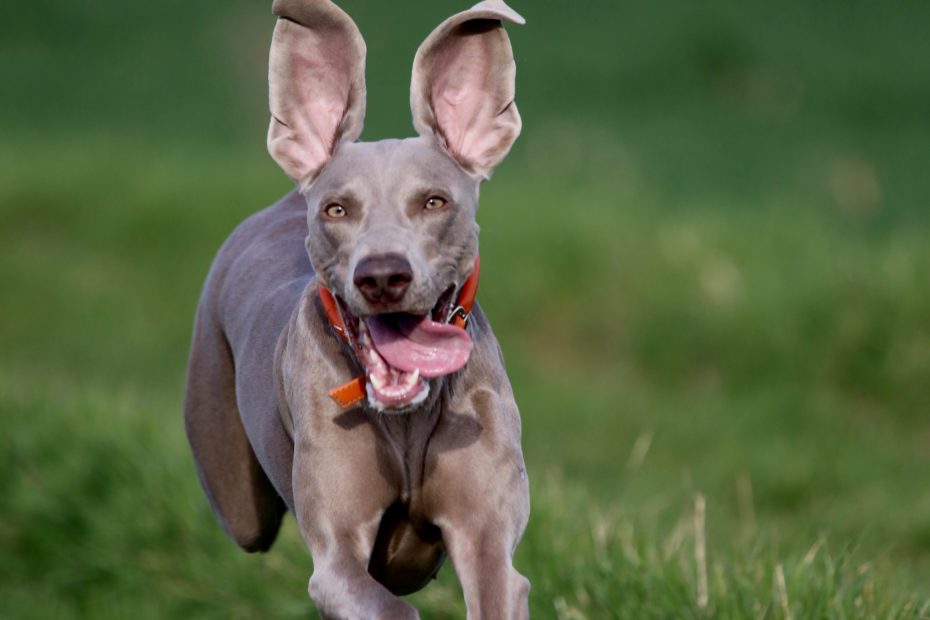Dogs in general are incredible creatures. However, service dogs, such as guiding dogs, are true standouts. In addition to traditional canine companionship, they play an integral role in the lives of the visually impaired.
When did dogs first serve as guides?
Guide dogs for the blind and visually impaired have a long history that began in Germany during World War I when the first guide dogs assisted combat-blind veterans. Dorothy Harrison Eustis, an American dog breeder and Swedish resident, wrote an article about guide dogs for The Saturday Evening Post in 1927. Morris Frank, a visually impaired American, was inspired by her article.
The Labrador Retriever is the most popular service dog breed today due to its size range, short hair coat, and mild temperament; however, a prestigious pedigree is not a job requirement for canine assistance animals. Crossbreeds, such as Golden Retriever/Labrador mixes, perform admirably. Standard Poodles mixed with Labradors or Golden Retrievers do not shed much, making them suitable for allergy sufferers.
Southeastern guide dogs: How are guide dogs educated?
Some guide dog training facilities raise puppies on-site. When the puppies are weaned from their mothers, they are placed with foster families who socialise and care for them.
The dogs return to the facility at around 16-18 months of age and begin a 4-6 month period of formal training, which marks the start of an incredible career. The first 4-5 months are spent in-depth training with an experienced, sighted trainer. The dog’s final month of training is spent with a blind person who will become his handler and new best friend, all under the supervision of the instructor. Dog training schools educate both the dog and the owner. The dog eventually learns to “guide” the person. The individual learns to control, communicate with, and care for the dog.
During this process, a strong bond forms, which greatly improves the relationship. The dog learns to overcome obstacles, but he is never the “leader.” The human component of the dynamic duo is taught how to direct the dog and use commands learned during mobility training exercises. In other words, the dog acts as the driver, looking for obstacles, while the handler acts as the navigator, determining how to get from point A to point B. The human knows where he wants to go, and the dog safely transports him there.
Service dog team: What abilities do guide dogs acquire?
Guide dogs are proficient in leading a human safely to a designated location. This entails keeping an eye out for hazards from above and below. A blind person can be seriously injured by low-hanging tree limbs or power lines, as well as curbs, stairs, and potholes.
Guide dogs learn to reason as well as obey commands. When the handler commands the dog to cross the street as traffic approaches, the dog learns to disobey. This ability is known as intelligent disobedience, and it is critical to both human and dog safety.
Dogs also learn to ignore distractions that get in the way of their job. These incredible dogs do not abandon their owners in pursuit of a stray ball bouncing across their path. Another class offered at a service dog school is etiquette. When visiting places where proper behaviour is expected, such as restaurants or shops, good manners are required.

Although guide dogs are extremely intelligent, there are some things they simply cannot do. Because they are unable to read traffic signals, the handler must decide when to proceed at a crosswalk. Some intersections have audio signals, which can be useful. Even though dogs have excellent homing instincts, they are unable to plan a route to an unfamiliar location. To successfully navigate the world, the dog’s and handler’s abilities must work in tandem. What is the name of a guide dog?
A guide dog, also known as a Seeing Eye dog or a service dog, is a dog that has been professionally trained to guide, protect, or assist its master. Guide dog training began in Germany during World War I to assist blinded veterans. Guide dogs (also known as seeing-eye dogs in the United States) are assistance dogs trained to lead blind or visually impaired people around obstacles. Trainers agree that guide dogs such as Golden Retrievers, Labradors, Standard Poodles, Border Collies, Australian Shepherds, Boxers, Airedales, Collies, Dobermans, and other appropriately sized breeds work well.
Can you stroke a guide dog?
Always check with the guide dog’s owner first. Petting the dog (however tempting) while it is in its harness and assisting its owner in getting around distracts the dog from its work and may put the owner in danger or cause a delay in an important journey. It all comes down to preparation. Guide dogs are taught to guide their handlers around obstacles and in crowded places, and they are also taught to pee and poop on command.

